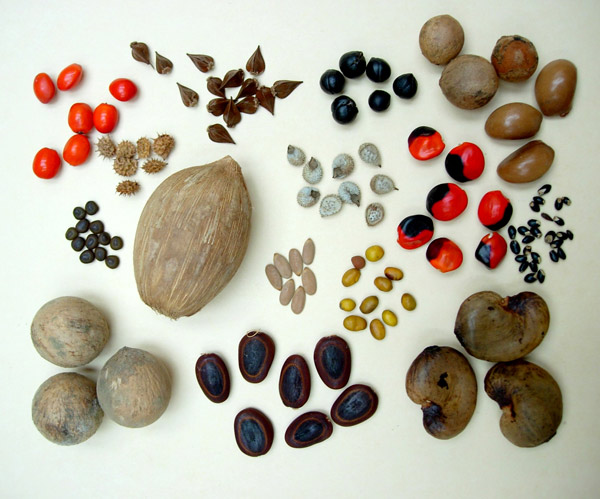Image acquired from: russolab.unl.edu
So, I wanted to look for inspiration on my seed-form. Some of the seeds I looked at (pictured above) inspired the various forms below. One of the critical elements I had to remember with these forms is that they would all be rotated around the central axis, so I couldn't do anything irregular per se. I focused on a relatively mathematical approach to the curves I could use, as when you pare it all back, everything is ultimately just mathematics. Even natural forms can be reduced to mathematical formulae if you go far enough. So most of the forms here are easy to complete using bezier curves.
I looked at various gourd shapes for inspiration, but decided that most of these weren't very elegant, and the form that I want to end up using has to be the very pinnacle of elegance and sophistication. It's going to essentially be a flower pot, so I need to make sure it's something special.
An idea that I stumbled on that I ended up really liking was combining the elements of a machined aesthetic with a natural form. The seed form that ended up liking the most is the shape 4th down, and then I combined it with hard, harsh edges to make the last path. The form is a very obvious seed form, and extremely natural.
Now, to start making some sketch models!




No comments:
Post a Comment